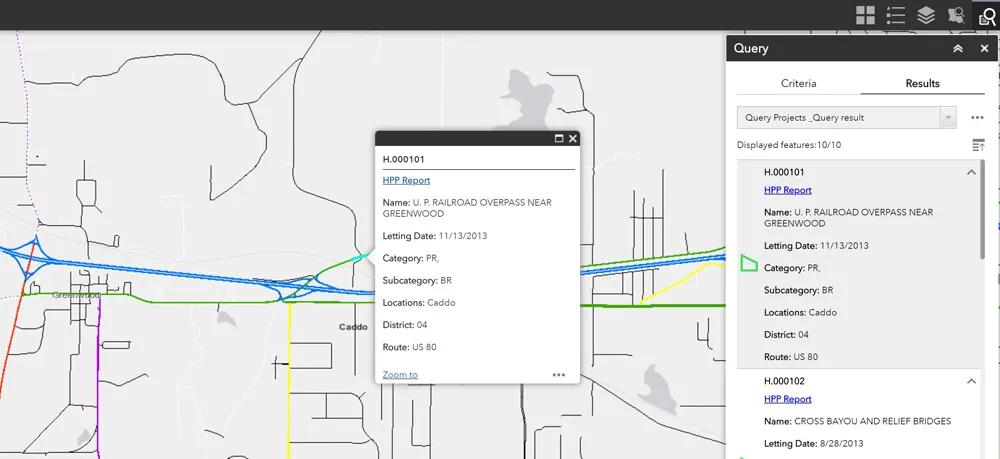The US Government is looking to ensure that unused funding for infrastructure projects will be used efficiently. Those projects that have stalled due to other issues may see existing funding reassigned to other infrastructure projects that are further ahead. The US Transportation Secretary Ray LaHood is making over US$470 million earmarked for projects
September 3, 2012
Read time: 1 min
The 908 US Government is looking to ensure that unused funding for infrastructure projects will be used efficiently. Those projects that have stalled due to other issues may see existing funding reassigned to other infrastructure projects that are further ahead. The US Transportation Secretary Ray LaHood is making over US$470 million earmarked for projects that have stalled available to states for projects that will create jobs and help improve transportation across the country. Some $473 million in highway earmarks from FY2003-2006 appropriations acts still remain unspent. Those acts contain provisions that authorise the Secretary to make the unused funds available for eligible surface transportation projects. Effective today, state departments of transportation will have the ability to use their unspent earmarked highway funds, some of which are nearly 10 years old, on any eligible highway, transit, passenger rail, or port project. States must identify the projects they plan to use the funds for by October 1, and must obligate them by December 31, 2012.









